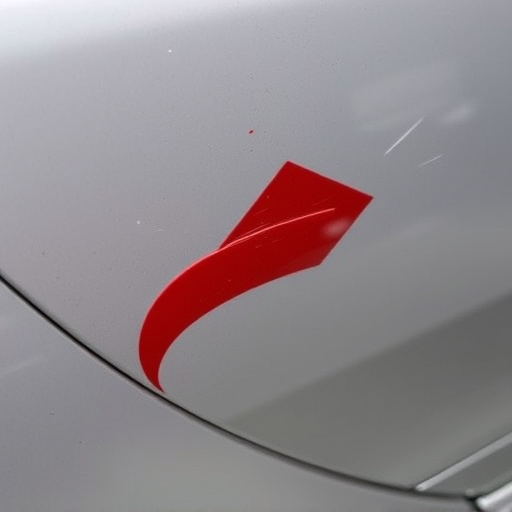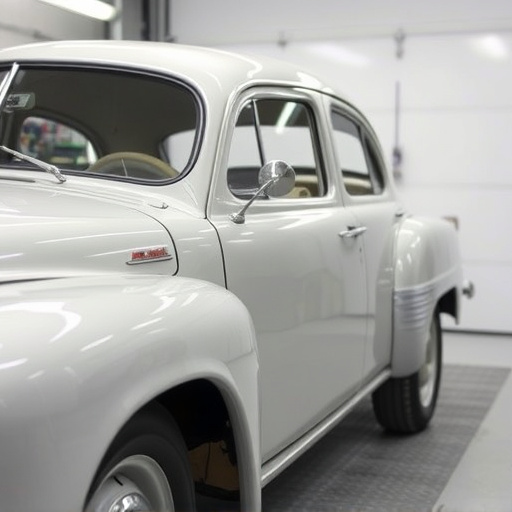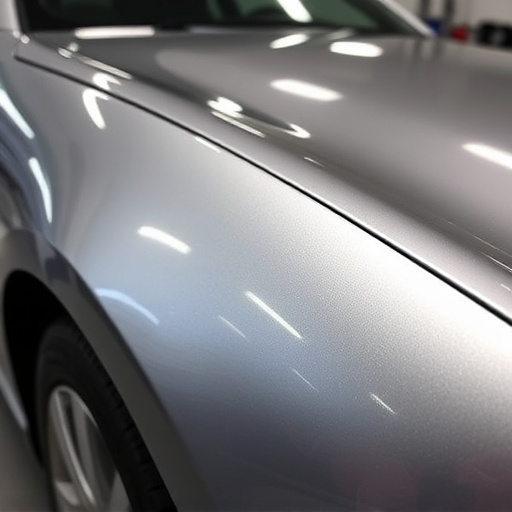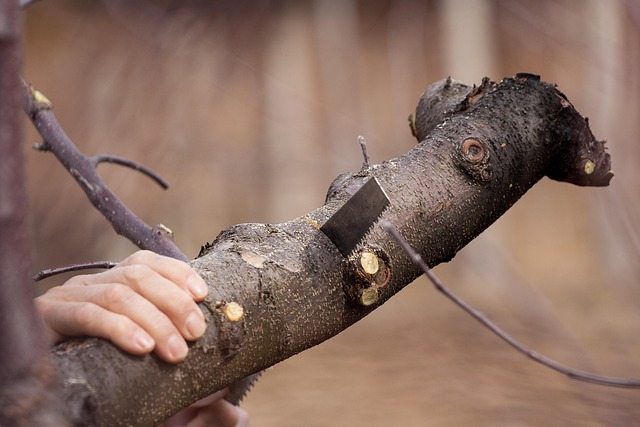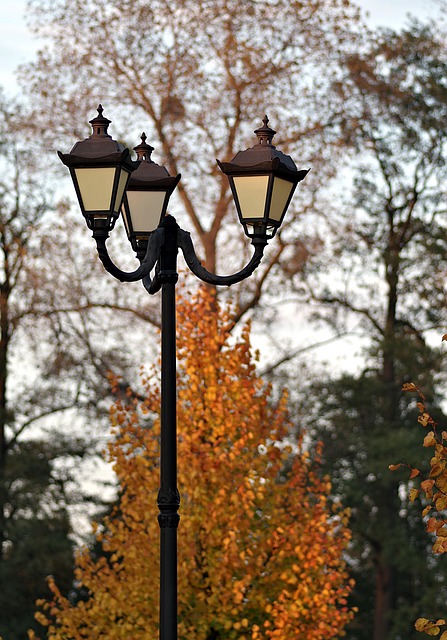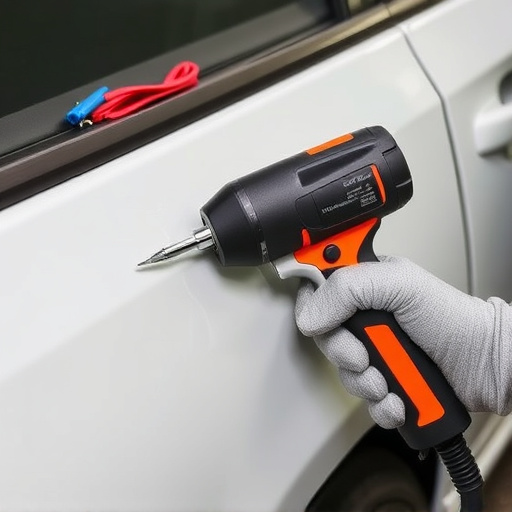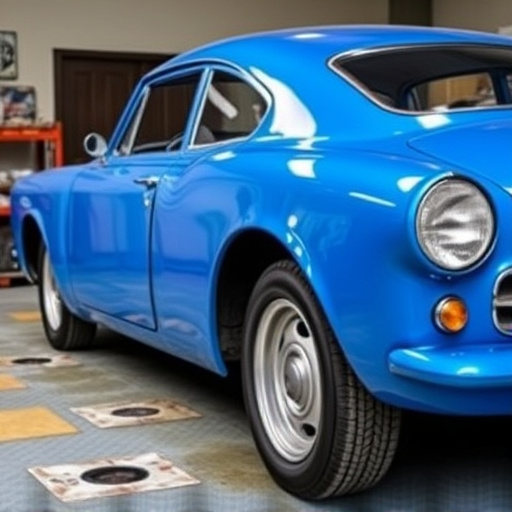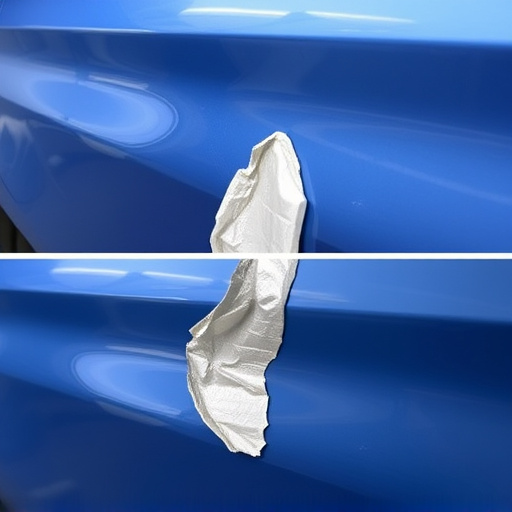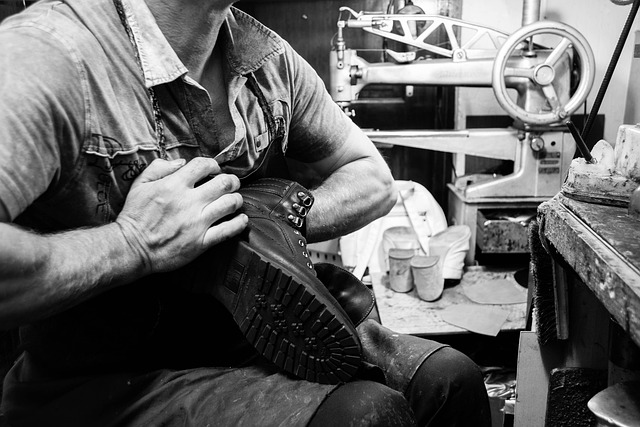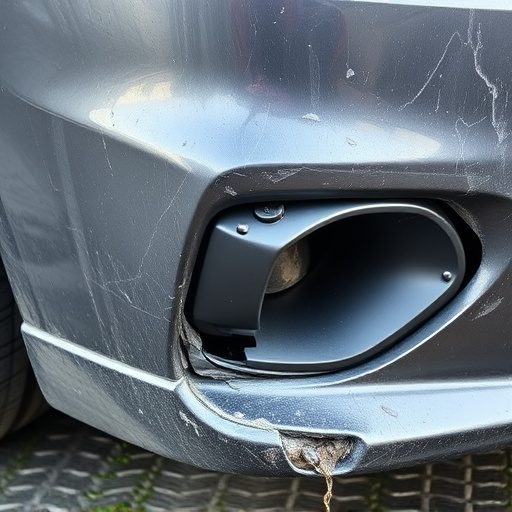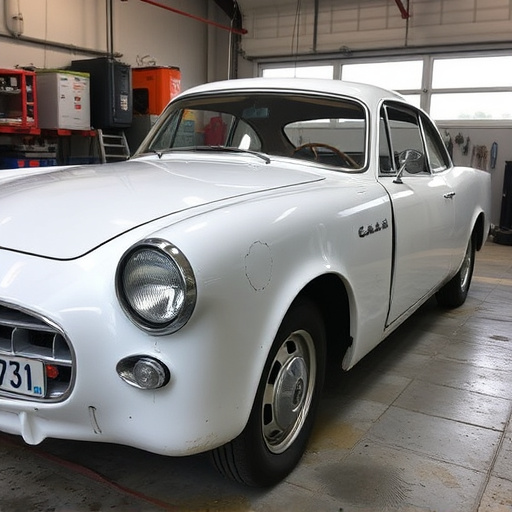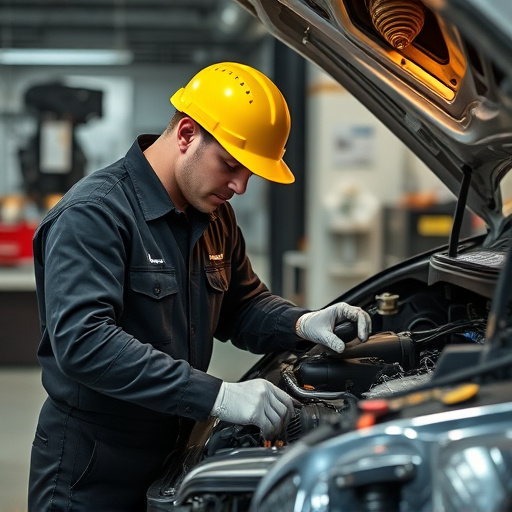Original spot weld patterns are critical for maintaining precision, structural integrity, and design consistency in auto body restoration and factory seam duplication. These patterns, unique to vehicle make, model, and year, ensure that each new seam meets original construction standards. Accurate replication is vital for strength, durability, and safety, reflecting advanced practices in modern vehicle manufacturing and repair. Key factors like panel geometry, material type, and thickness guide weld pattern design, guaranteeing robust and visually appealing results that assure the longevity and safety of auto body work.
In modern manufacturing, achieving precision in weld patterns is paramount for structural integrity and product quality. Matching original spot weld patterns during seam duplication presents a unique challenge, especially with ever-increasing demands for complexity and efficiency. This article delves into the intricacies of understanding and replicating these patterns, exploring factors that influence design and addressing the challenges posed by human error and machine limitations. By examining advanced technologies like robotics and computer-aided design, we offer insights into techniques ensuring accurate factory seam duplication.
- Understanding Original Spot Weld Patterns
- – Definition and significance of original spot weld patterns in manufacturing
- – Factors influencing the design and placement of weld patterns
Understanding Original Spot Weld Patterns

Original spot weld patterns are a critical aspect of factory seam duplication, playing a pivotal role in achieving precision and structural integrity during auto body restoration or bodywork. These patterns are meticulously designed by manufacturers to ensure every vehicle component is securely joined, enhancing both strength and aesthetics. Understanding these patterns involves deciphering the layout and spacing of individual welds, which can vary based on the vehicle’s make, model, and year.
For professionals in the auto industry, especially those specializing in frame straightening, grasping this pattern is essential. It allows them to precisely replicate the original construction, ensuring that each new seam duplicates the factory-built standard. This attention to detail not only maintains the vehicle’s structural soundness but also preserves its original design integrity, a factor of immense importance in maintaining long-term value and safety during operation.
– Definition and significance of original spot weld patterns in manufacturing
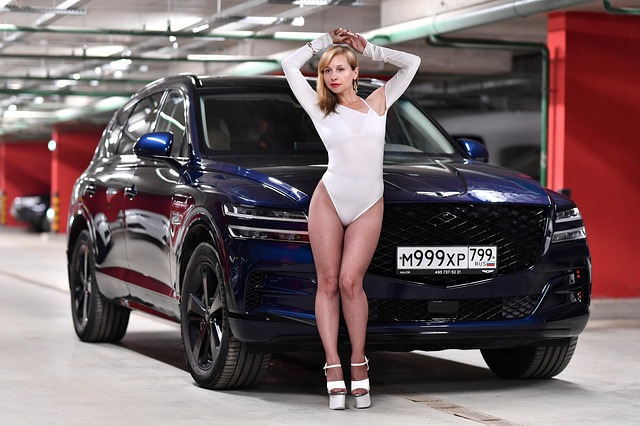
In manufacturing, original spot weld patterns serve as the foundational blueprint for ensuring structural integrity and precision in vehicle body construction. These patterns dictate the strategic placement and intensity of welds, which are critical connections holding automotive components together. Accurate replication of these weld patterns during factory seam duplication is paramount to maintaining the strength, durability, and safety standards of vehicles.
For instance, in auto collision repair or vehicle dent repair scenarios, matching original spot weld patterns is crucial for restoring structural integrity without compromising the aesthetics of the vehicle body. This meticulous process ensures that repairs are not just visually seamless but also mechanically sound, reflecting the attention to detail required in modern vehicle manufacturing and repair practices.
– Factors influencing the design and placement of weld patterns
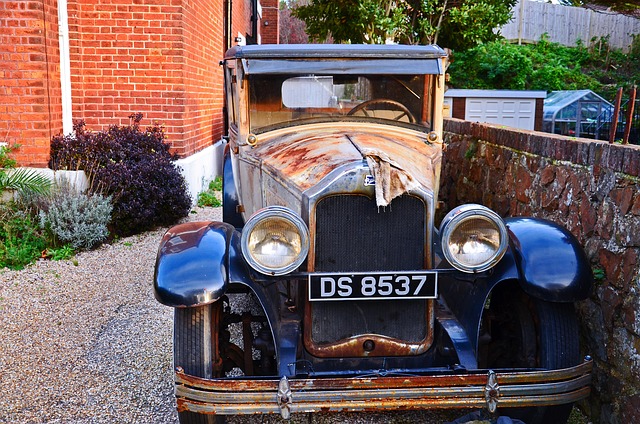
The design and placement of weld patterns in factory seam duplication are influenced by several factors crucial to ensuring structural integrity and aesthetic consistency across auto body work. In auto bodywork, the geometry and complexity of the vehicle’s panels play a significant role; weld patterns must accommodate curvatures, contours, and unique panel shapes to maintain precision and strength.
Additionally, material type and thickness dictate the spacing and intensity of welds in the factory seam duplication process. Different metals have varying properties that necessitate specific welding techniques. In a vehicle body shop, understanding these factors is paramount for achieving robust and visually appealing weld patterns that mirror the original design, ensuring the longevity and safety of the auto body work.
Accurately matching original spot weld patterns during factory seam duplication is paramount for maintaining structural integrity and ensuring quality control. By understanding the factors that influence weld pattern design and placement, manufacturers can achieve precise replication, streamlining production processes and enhancing overall efficiency. This approach not only preserves the original construction’s strength but also enables consistent, high-quality manufacturing outcomes.
